I have a failed (oil based) paint system on the front entrace south side of my house. I will need to take down to the wood and start again. I wanted to know after removing the existing paint and applying a coat of boiled linseed oil to the wood and than priming and applying a finish coat.
Discussion Forum
Discussion Forum
Up Next
Video Shorts
Featured Story
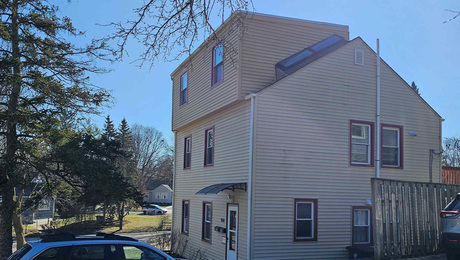
Listeners write in about greedy dormers and shop class and ask questions about steamy storm doors, fireplaces, and insulating a basement.
Featured Video
Builder’s Advocate: An Interview With ViewrailHighlights
Fine Homebuilding Magazine
- Home Group
- Antique Trader
- Arts & Crafts Homes
- Bank Note Reporter
- Cabin Life
- Cuisine at Home
- Fine Gardening
- Fine Woodworking
- Green Building Advisor
- Garden Gate
- Horticulture
- Keep Craft Alive
- Log Home Living
- Military Trader/Vehicles
- Numismatic News
- Numismaster
- Old Cars Weekly
- Old House Journal
- Period Homes
- Popular Woodworking
- Script
- ShopNotes
- Sports Collectors Digest
- Threads
- Timber Home Living
- Traditional Building
- Woodsmith
- World Coin News
- Writer's Digest
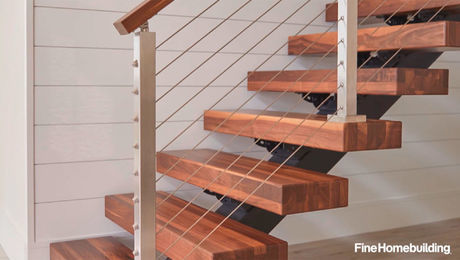
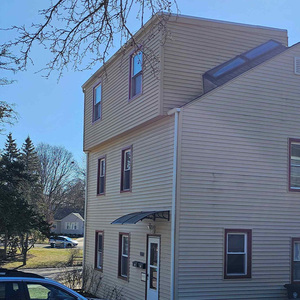
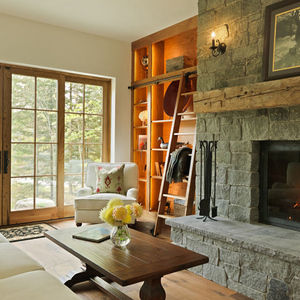
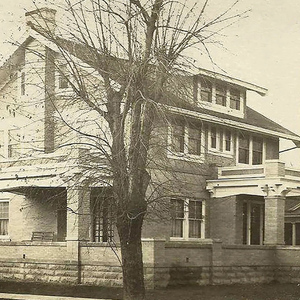
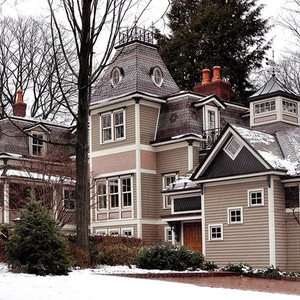













Replies
What is your question? If you should apply linseed oil? Most oil based primer have linseed oil in it.
Wallyo
Yes this is correct. What I was really asking is would there be any direct benifit to applying linseed oil as a wood conditioner.
I doubt if there would be any benefit, but I don't have any personal experience. I'm interested to see if anyone comes along and says it's a great idea, but paint manufacturers put a lot of work into making primers that last. Some of them contain linseed oil along with other ingredients to improve performance. That might be your best bet.
If the surface still appears porous after a coat of primer, I would consider a second coat of primer to improve moisture resistance. If moisture can get at it from below (for example, a porch), then I wouldn't bother with a second coat.
I agree with Don a lot goes into primer formulas besides linseed oil. Applying straight oil may cut down on the primer adhering. I have never heard of this being done, doesn't mean it won't work, just it is not routine and if not why?You don't explain what your paint failure was?Wallyo
If you are already going down to bare wood you might find that a water bourn system may work better. I have seen linseed oil take as much as 2 years to fully absorb into decking. You may find that using a product like PPG Sealgrip permanizer mixed with a good elastomeric base at a 1 to 4 or a 1 to 5 ratio will fill any spliting or checking. Back rolled in and followed by a high quality paint this system can survive some very harsh enviroments. I have also had good success with Flood Solid Color Stain which does a good job of bridging the gap between oil and water bourn systems.